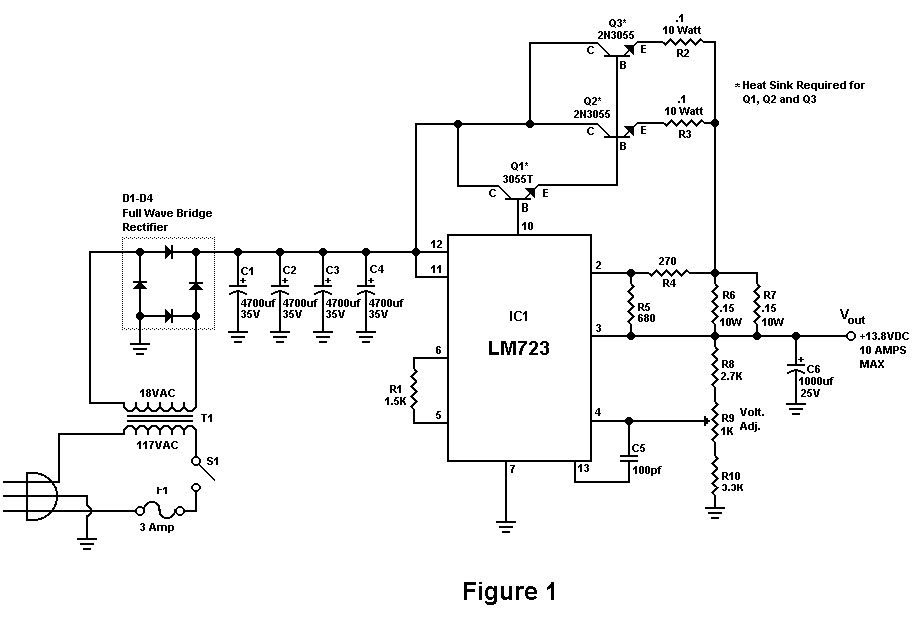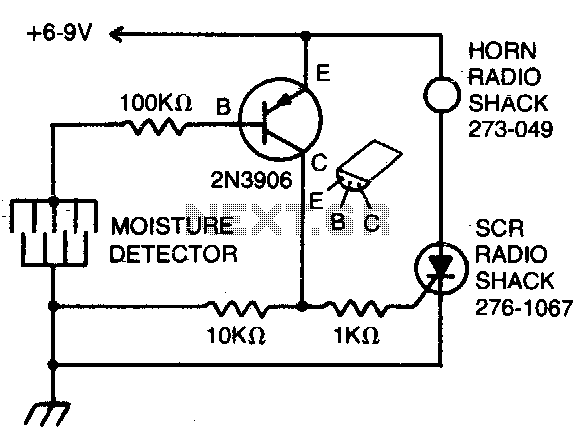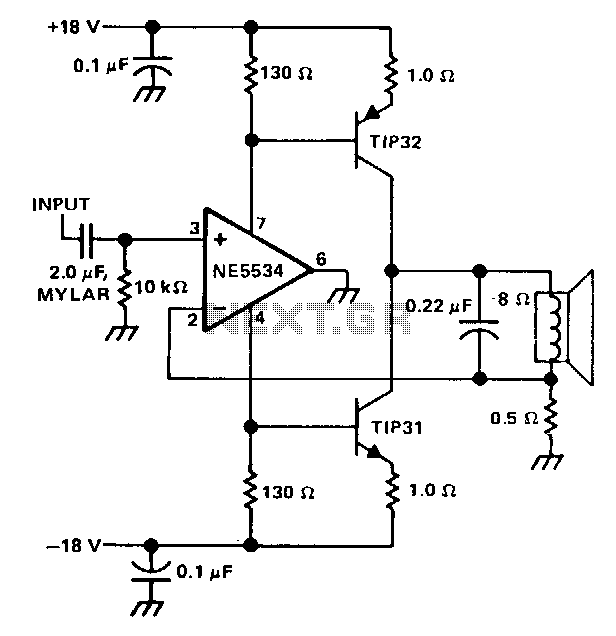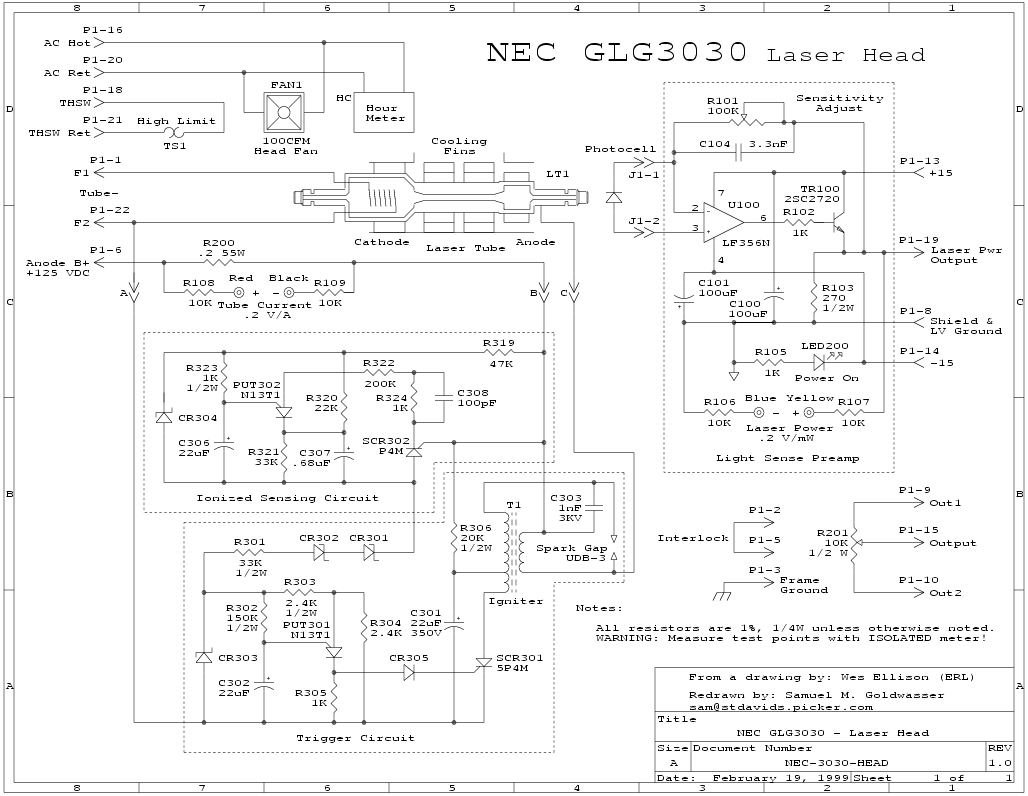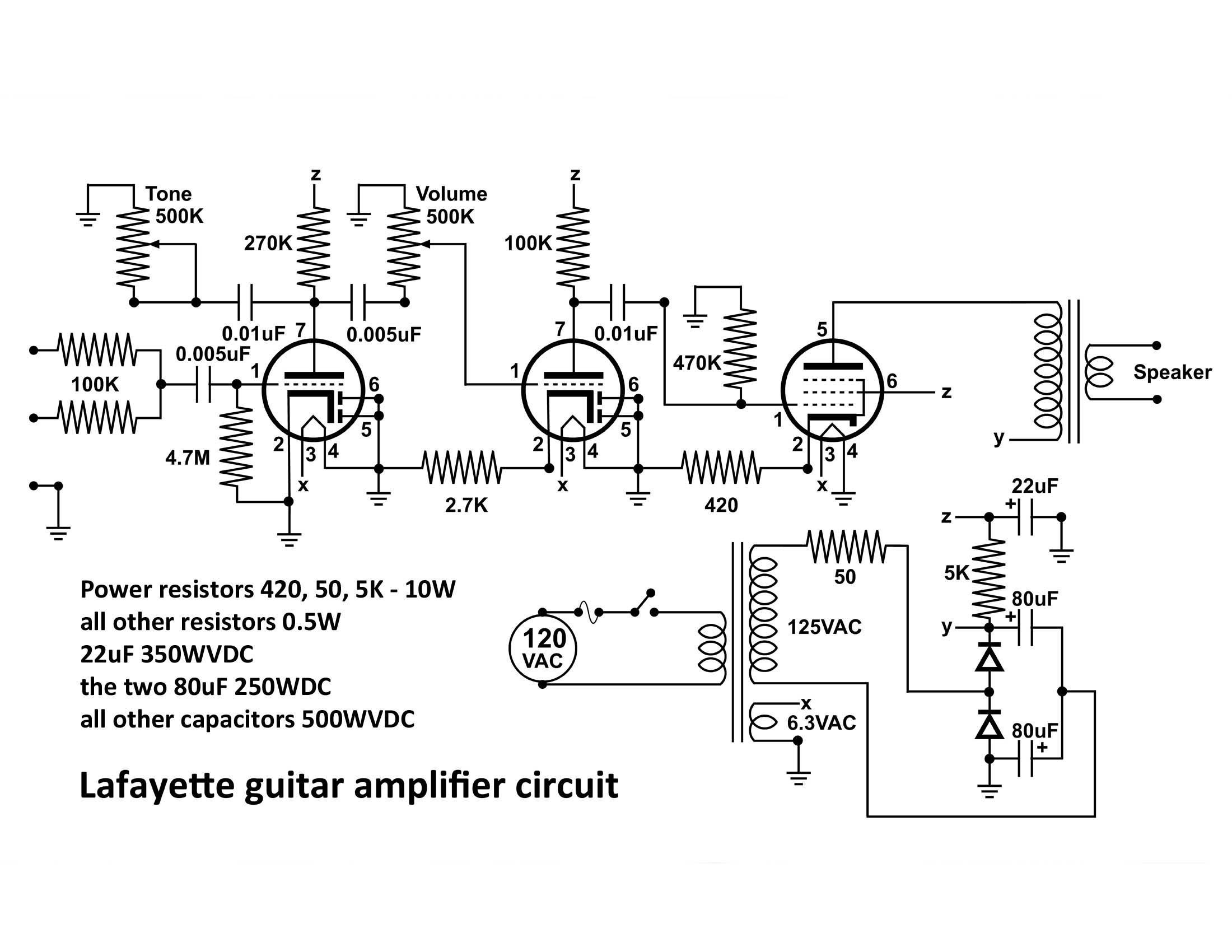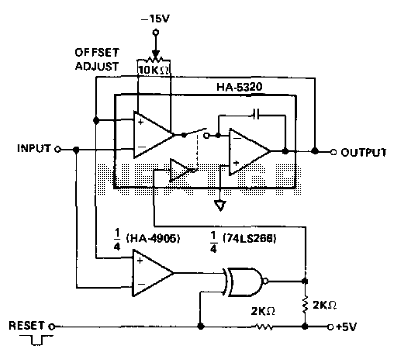
Power failure detector
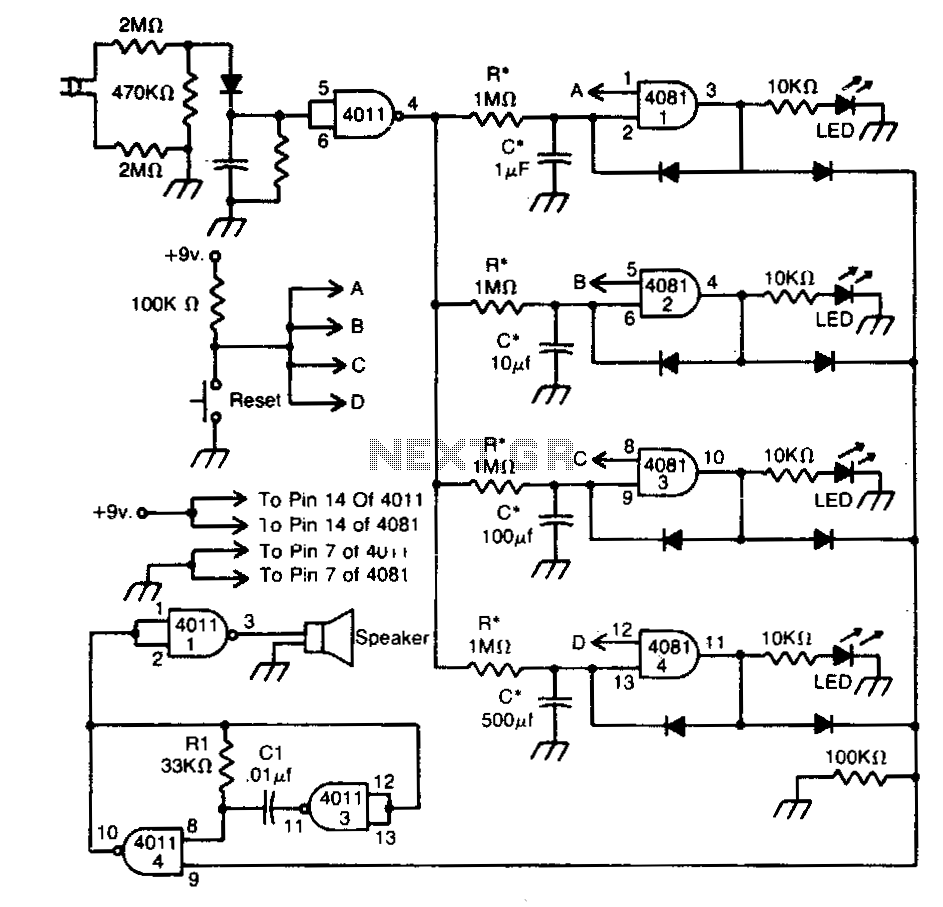
This circuit indicates that a power outage occurred for 1, 10, 100, and 500 seconds based on the values provided for R* and C*. After a power failure, the circuit can be reset by pressing the Reset button.
The described circuit functions as a power outage indicator, utilizing a timing mechanism to signal the duration of an outage. The timing is determined by the resistor (R*) and capacitor (C*) values, which create a time constant that governs how long the circuit remains active after power is restored. The circuit is designed to provide visual or audible feedback corresponding to the specific duration of the outage, allowing users to understand the length of the interruption.
When a power failure occurs, the capacitor begins to discharge through the resistor, and the voltage across the capacitor will decrease over time. The circuit may include a microcontroller or a simple comparator that monitors the voltage level. Depending on the threshold set within the circuit, different output signals can be activated for each specified duration of the outage—1 second, 10 seconds, 100 seconds, and 500 seconds.
The Reset button serves as a manual control to clear the circuit’s state and prepare it for future power outages. When pressed, it reinitializes the system, allowing it to start monitoring for power interruptions again. This feature ensures that the circuit does not retain the previous state after a reset, thus providing accurate and reliable performance.
Additional components may include LEDs for visual indication or a buzzer for an audible alert, depending on the design requirements. The schematic would typically include a power supply section, the timing circuit composed of R* and C*, the reset mechanism, and the output indicators. Proper selection of R* and C* values is crucial for achieving the desired timing intervals and ensuring the circuit operates within the specified parameters.This circuit indicates that a power outage occured for 1, 10, 100, and 500 seconds with the values given for R* and C* After a power failure, the circuit can be reset by pushing the Reset button. 🔗 External reference
The described circuit functions as a power outage indicator, utilizing a timing mechanism to signal the duration of an outage. The timing is determined by the resistor (R*) and capacitor (C*) values, which create a time constant that governs how long the circuit remains active after power is restored. The circuit is designed to provide visual or audible feedback corresponding to the specific duration of the outage, allowing users to understand the length of the interruption.
When a power failure occurs, the capacitor begins to discharge through the resistor, and the voltage across the capacitor will decrease over time. The circuit may include a microcontroller or a simple comparator that monitors the voltage level. Depending on the threshold set within the circuit, different output signals can be activated for each specified duration of the outage—1 second, 10 seconds, 100 seconds, and 500 seconds.
The Reset button serves as a manual control to clear the circuit’s state and prepare it for future power outages. When pressed, it reinitializes the system, allowing it to start monitoring for power interruptions again. This feature ensures that the circuit does not retain the previous state after a reset, thus providing accurate and reliable performance.
Additional components may include LEDs for visual indication or a buzzer for an audible alert, depending on the design requirements. The schematic would typically include a power supply section, the timing circuit composed of R* and C*, the reset mechanism, and the output indicators. Proper selection of R* and C* values is crucial for achieving the desired timing intervals and ensuring the circuit operates within the specified parameters.This circuit indicates that a power outage occured for 1, 10, 100, and 500 seconds with the values given for R* and C* After a power failure, the circuit can be reset by pushing the Reset button. 🔗 External reference
Warning: include(partials/cookie-banner.php): Failed to open stream: Permission denied in /var/www/html/nextgr/view-circuit.php on line 713
Warning: include(): Failed opening 'partials/cookie-banner.php' for inclusion (include_path='.:/usr/share/php') in /var/www/html/nextgr/view-circuit.php on line 713
